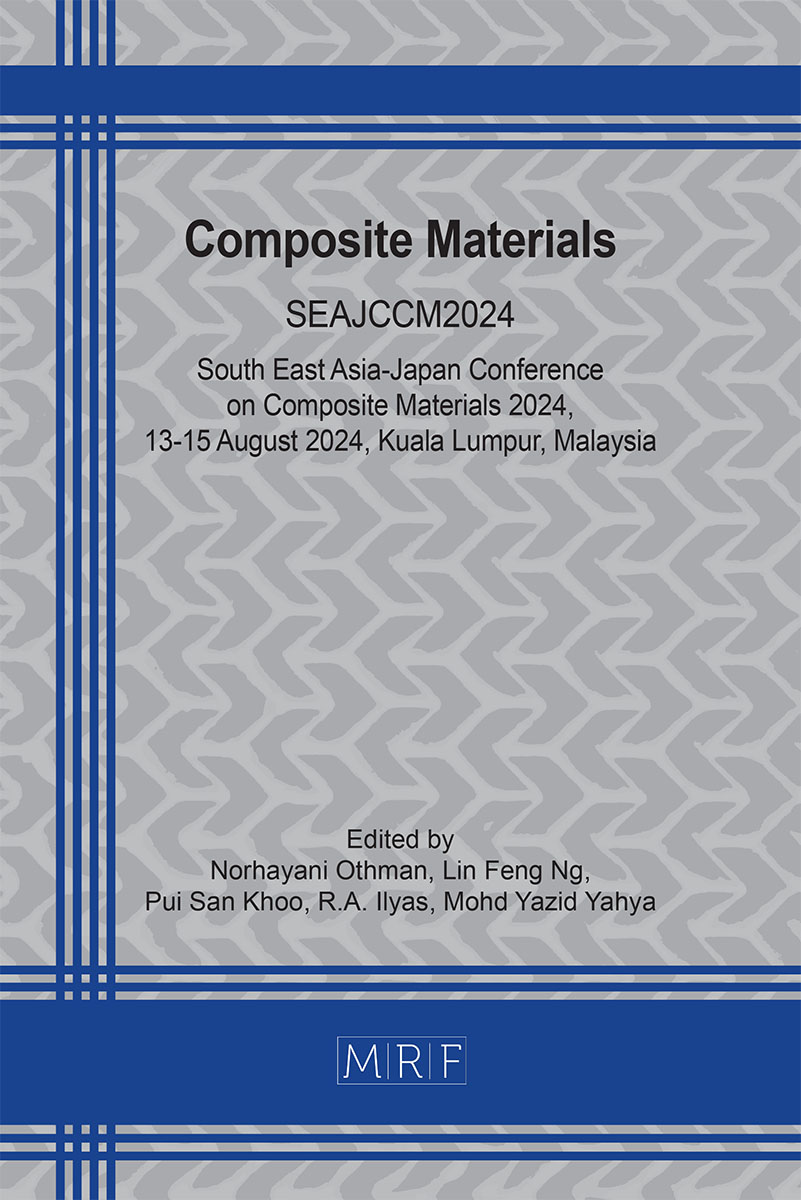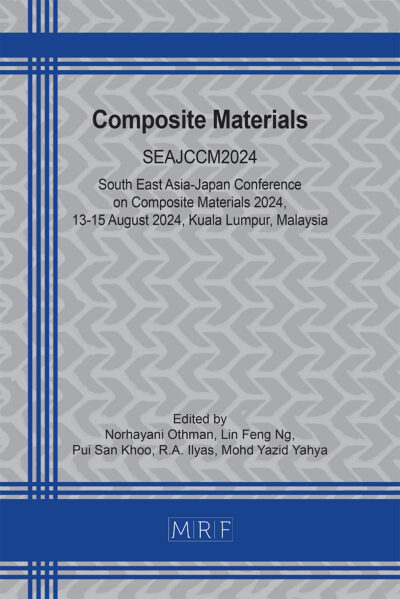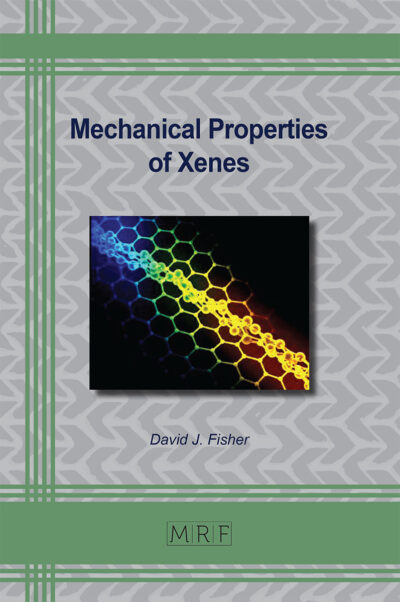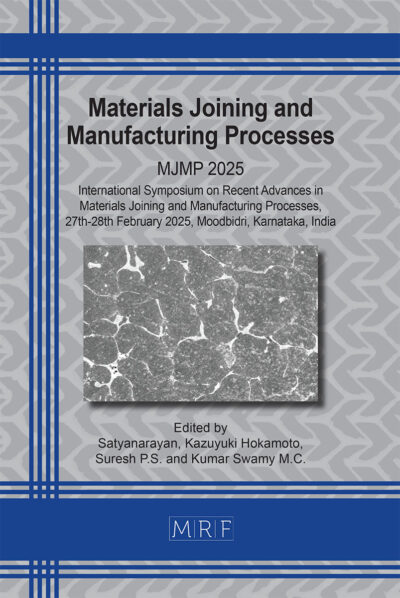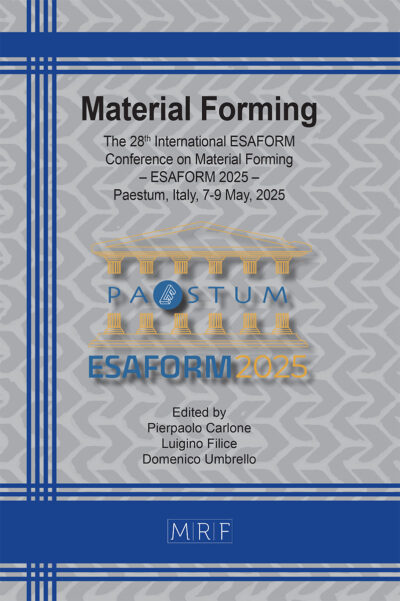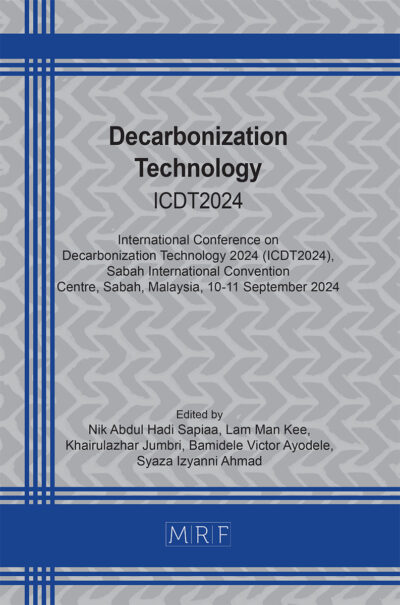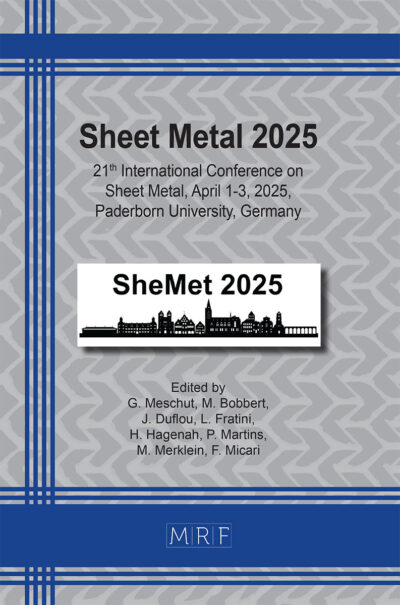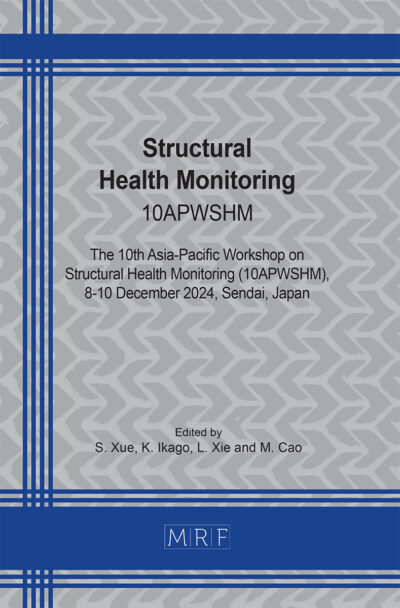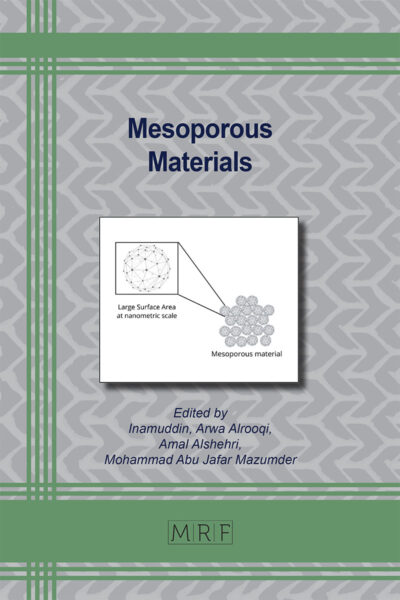Antioxidative Properties of Harumanis Mango Leaves using Microwave-Assisted Extraction
Nurfitrah Syahirah MOHD ASRI, Farizul Hafiz KASIM, Noor-Soffalina SOFFIAN-SENG, Khairul Farihan KASIM
Abstract. In this study, a microwave-assisted extraction technique (MAE) was used to extract antioxidant compounds from the pruned leaves of Harumanis mango with water as the solvent. The one-factor-at-a-time (OFAT) approach was used to study the effect of several important parameters in the extraction process on antioxidant activity. These parameters include particle size (200, 100, 60, 30 and <30 mesh), sample size (0.5, 1.0, 1.5, 2.0, 2.5, and 3.0 g), and sample-to-solid ratio (2:50, 2:100, 2:150, 2:200, and 2:250 g/mL). Antioxidant activity was determined using the 1,1-diphenyl-2-picrylhydrazyl (DPPH) assay, the 2,2'-azino-bis(3-ethylbenzothiazoline-6-sulfonic acid) assay (ABTS), the reducing antioxidant power assay of iron (FRAP), and the reducing power (RP) assay. The Harumanis mango leaves were found to have high antioxidant activity in all the assays tested. The optimal parameters for extraction of antioxidant properties were a particle size of 200 mesh, a sample size of 2 g, and a sample-to-solvent ratio of 2:50 (g/mL). This set of parameters resulted in the most favourable results in the DPPH, ABTS, FRAP, and RP assays. The highest values observed in the DPPH, ABTS, FRAP and RP tests are 74.9%, 95.2%, 196.6 mg/mL and 797.2 mg/mL, respectively. Based on the R2 of the kinetics model tested, power law model was the most suitable to explain the variations of the extraction process of Harumanis mango leaves using MAE.
Keywords
Antioxidant Activities, Mango Leaves, Microwave-Assisted Extraction, Harumanis Mango, Extraction
Published online 2025/06/01, 10 pages
Copyright © 2025 by the author(s)
Published under license by Materials Research Forum LLC., Millersville PA, USA
Citation: Nurfitrah Syahirah MOHD ASRI, Farizul Hafiz KASIM, Noor-Soffalina SOFFIAN-SENG, Khairul Farihan KASIM, Antioxidative Properties of Harumanis Mango Leaves using Microwave-Assisted Extraction, Materials Research Proceedings, Vol. 56, pp 11-20, 2025
DOI: https://doi.org/10.21741/9781644903636-2
The article was published as article 2 of the book Composite Materials
![]() Content from this work may be used under the terms of the Creative Commons Attribution 3.0 license. Any further distribution of this work must maintain attribution to the author(s) and the title of the work, journal citation and DOI.
Content from this work may be used under the terms of the Creative Commons Attribution 3.0 license. Any further distribution of this work must maintain attribution to the author(s) and the title of the work, journal citation and DOI.
References
[1] C.Y. Huang, C.H. Kuo, C.H. Wu, A.W. Kuan, H.R. Guo, Y.H. Lin, P.K. Wang, Free Radical‐Scavenging, Anti‐Inflammatory, and Antibacterial Activities of Water and Ethanol Extracts Prepared from Compressional‐Puffing Pretreated Mango (Mangifera indica L.) Peels, J. Food Qual. 1 (2018) 1025387. https://doi.org/10.1155/2018/1025387
[2] M.A. Sani, H. Abbas, M.N. Jaafar, M.B. Abd Ghaffar, Morphological characterisation of Harumanis mango (Mangifera indica Linn.) in Malaysia, Int. J. Environ. Agric. Res. 4 (2018) 45-51.
[3] M. Kumar, V. Saurabh, M. Tomar, M. Hasan, S. Changan, M. Sasi, C. Maheshwari, U. Prajapati, S. Singh, R.K. Prajapat, S. Dhumal, S. Punia, R. Amarowicz, M. Mekhemar, Mango (Mangifera indica L.) leaves: Nutritional composition, phytochemical profile, and health-promoting bioactivities, Antioxidants 10 (2021) 299. https://doi.org/10.3390/antiox10020299
[4] D. Alshammaa, Preliminary screening and phytochemical profile of Mangifera indica leave’s extracts, cultivated in Iraq, Int. J. Curr. Microbiol. Appl. Sci. 5 (2016) 163-173. https://doi.org/10.20546/ijcmas.2016.509.018
[5] Y. Kabir, H.U. Shekhar, J.S. Sidhu, Phytochemical compounds in functional properties of mangoes, Handbook of mango fruit: Production, postharvest science, processing technology and nutrition, Wiley-Blackwell, United States, 2017, pp 237-254. https://doi.org/10.1002/9781119014362.ch12
[6] J. Pan, X. Yi, S. Zhang, J. Cheng, Y. Wang, C. Liu, X. He, Bioactive phenolics from mango leaves (Mangifera indica L.), Ind. Crop. Prod. 111 (2018) 400-406. https://doi.org/10.1016/j.indcrop.2017.10.057
[7] F. Giampieri, J.M. Alvarez-Suarez, S. Tulipani, A.M. Gonzàles-Paramàs, C. Santos-Buelga, S. Bompadre, J.L. Quiles, B. Mezzetti, M. Battino, Photoprotective potential of strawberry (Fragaria× ananassa) extract against UV-A irradiation damage on human fibroblasts, J. Agric. Food Chem. 60 (2012) 2322-2327. https://doi.org/10.1021/jf205065x
[8] Y. Kumar, V. Kumar, Sangeeta, Comparative antioxidant capacity of plant leaves and herbs with their antioxidative potential in meat system under accelerated oxidation conditions, J. Food Meas. Charact. 14 (2020) 3250-3262. https://doi.org/10.1007/s11694-020-00571-5
[9] A.H. Nour, A.R. Oluwaseun, A.H. Nour, M.S. Omer, N. Ahmed, Microwave-assisted extraction of bioactive compounds, In Microwave Heating-Electromagnetic Fields Causing Thermal and Non-Thermal Effects, IntechOpen, London, UK, 2021, pp 235-246. https://doi.org/10.5772/intechopen.96092
[10] S. Ngamsuk, T.C. Huang, J.L. Hsu, Determination of phenolic compounds, procyanidins, and antioxidant activity in processed Coffea arabica L. leaves, Foods 8 (2019) 389. https://doi.org/10.3390/foods8090389
[11] Z. Zhu, J. Chen, Y. Chen, Y. Ma, Q. Yang, Y. Fan, C. Fu, B. Limsila, R. Li, W. Liao, Extraction, structural characterization and antioxidant activity of turmeric polysaccharides, LWT. 154 (2022) 112805. https://doi.org/10.1016/j.lwt.2021.112805
[12] A. Shang, M. Luo, R.Y. Gan, X.Y. Xu, Y. Xia, H. Guo, Y. Liu, H.B. Li, Effects of microwave-assisted extraction conditions on antioxidant capacity of sweet tea (Lithocarpus polystachyus Rehd.), Antioxidants 9 (2020) 678. https://doi.org/10.3390/antiox9080678
[13] O.A. Pătrăuanu, L. Lazăr, V.I. Popa, I. Volf, Influence of particle size and size distribution on kinetic mechanism of spruce bark polyphenols extraction, Cellul. Chem. Technol. 53 (2019) 71–78. https://doi.org/10.35812/CelluloseChemTechnol.2019.53.08
[14] E.S. Prasedya, A. Frediansyah, N.W.R. Martyasari, B.K. Ilhami, A.S. Abidin, H. Padmi, Fahrurrozi, A.B. Juanssilfero, S. Widyastuti, A.L. Sunarwidhi, Effect of particle size on phytochemical composition and antioxidant properties of Sargassum cristaefolium ethanol extract, Sci. Rep. 11 (2021) 17876. https://doi.org/10.1038/s41598-021-95769-y
[15] O.R. Alara, N.H. Abdurahman, S.K.A. Mudalip, O.A. Olalere, Effects of microwave-assisted extraction parameters on the recovery yield and total phenolic content of Vernonia amygdalina leaf extracts with different methods of drying, Jundishapur J. Nat. Pharm. Prod. 14 (2019) 57620. https://doi.org/10.5812/jjnpp.57620
[16] Q.W. Zhang, L.G. Lin, W.C. Ye, Techniques for extraction and isolation of natural products: A comprehensive review, Chin. Med. 13 (2018) 1-26. https://doi.org/10.1186/S13020-018-0177-X
[17] I.S. Che Sulaiman, M. Basri, H.R. Fard-Masoumi, W.J. Chee, S.E. Ashari, M. Ismail, Effects of temperature, time, and solvent ratio on the extraction of phenolic compounds and the anti-radical activity of Clinacanthus nutans Lindau leaves by response surface methodology, Chem. Cent. J. 11 (2017) 1-11. https://doi.org/10.1186/s13065-017-0285-1
[18] W. Xiaokang, J.G. Lyng, N.P. Brunton, L. Cody, J.C. Jacquier, S.M. Harrison, K. Papoutsis, Monitoring the effect of different microwave extraction parameters on the recovery of polyphenols from shiitake mushrooms: Comparison with hot-water and organic-solvent extractions, Biotechnol. Rep. 27 (2020) e00504. https://doi.org/10.1016%2Fj.btre.2020.e00504

